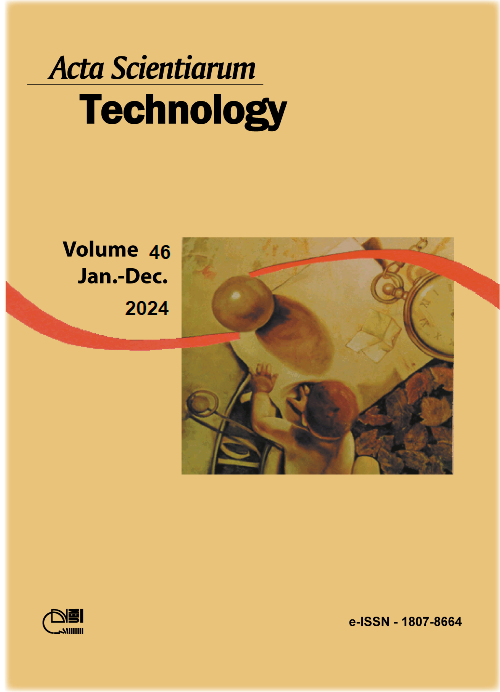Use of the glyphosate herbicide: an integrated review
DOI:
https://doi.org/10.4025/actascitechnol.v46i1.65057Keywords:
agriculture; contamination; environment.Abstract
the herbicide glyphosate has a non-selective active ingredient for the functional groups carboxyl, amino, and phosphonate. Its use was accentuated with the opening of agricultural frontiers and the use of genetically modified organisms, due to the great demand for food in the world. Thus, the objective of this study was to analyze what scientific productions from 2010 to 2020 bring about the glyphosate herbicide theme and its impacts on the environment. the study comprised the search for papers in the Capes - Web of Science and Scopus Journals, covering 62 scientific studies. Europe and America stood out in scientific productions, with 38.7 and 37.1% of published works, respectively. the countries that stood out were Argentina, Brazil, United States, and France, both with 7 productions each. Regarding the researched topics, `Biological test in a contaminated environment´ stands out, with 9 publications, followed by `Adsorption´ with 8 publications. However, there is still a demand for studies, for the development of methods for determining the herbicide glyphosate and its metabolite Ampa, mainly in soil and water, as it is a potential contaminant, to guide decisions about it and propose guidelines that support the technique and scientifically their spectrum of action.
Downloads
Downloads
Published
How to Cite
Issue
Section
License
DECLARATION OF ORIGINALITY AND COPYRIGHTS
I Declare that current article is original and has not been submitted for publication, in part or in whole, to any other national or international journal.
The copyrights belong exclusively to the authors. Published content is licensed under Creative Commons Attribution 4.0 (CC BY 4.0) guidelines, which allows sharing (copy and distribution of the material in any medium or format) and adaptation (remix, transform, and build upon the material) for any purpose, even commercially, under the terms of attribution.
Read this link for further information on how to use CC BY 4.0 properly.











8.png)




